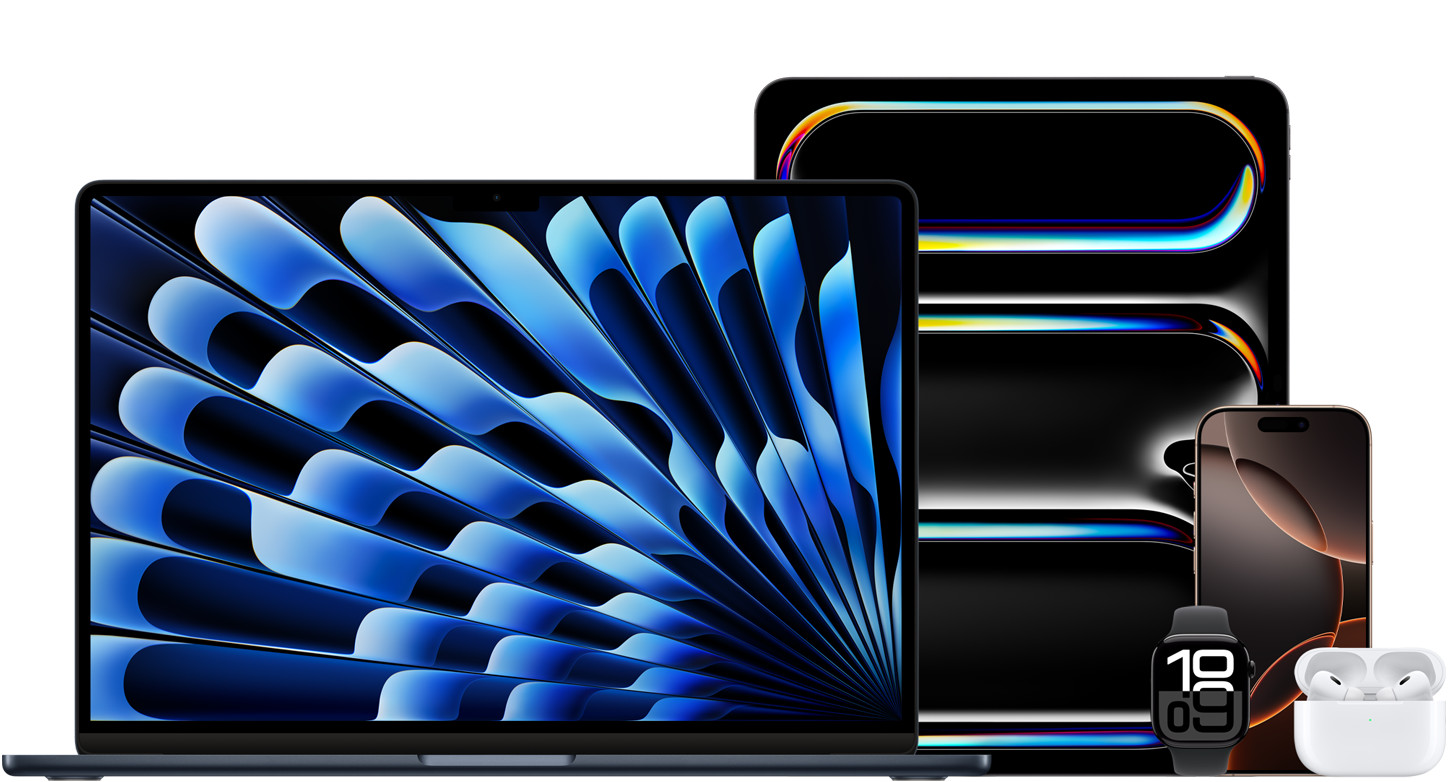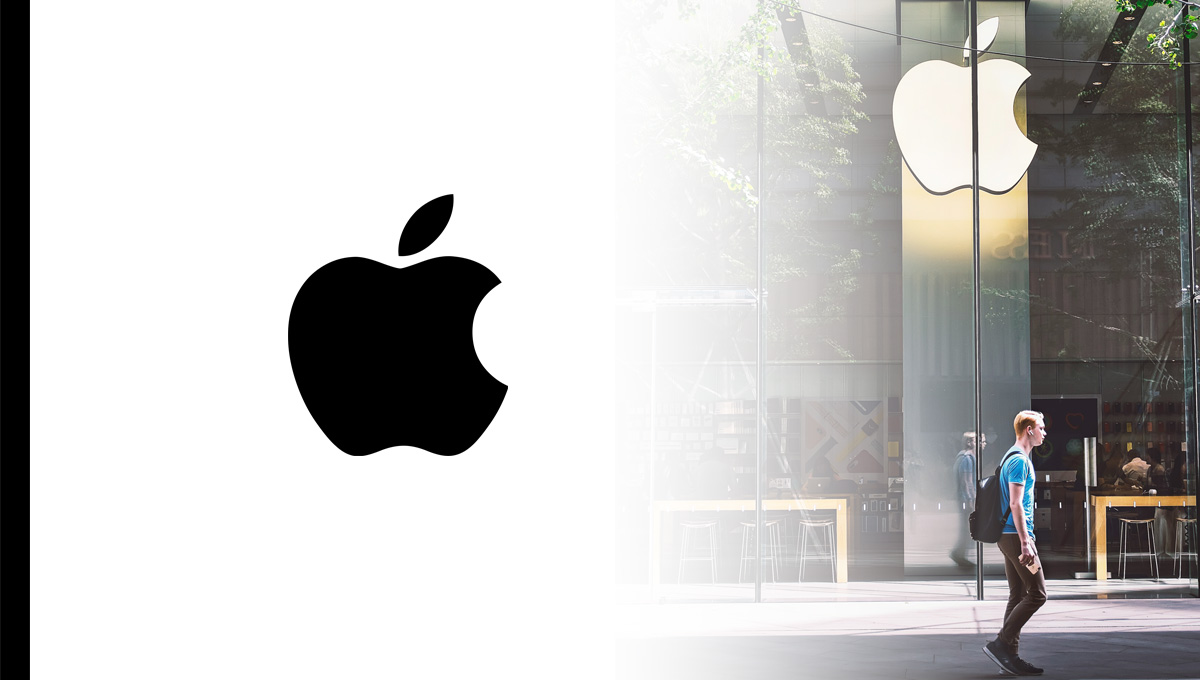Apple is widely recognized as an innovator and leader in the technology sector, continually setting trends that its competitors often follow. This analysis explores Apple’s market positioning, product offerings, financial performance, and customer loyalty, providing a comprehensive comparison of how Apple stacks up against other major players in the industry.
Key Takeaways on Apple’s Competitiveness
- Premium Market Positioning: Apple targets affluent consumers with high-end products, setting itself apart from more budget-friendly competitors.
- Integrated Ecosystem: Apple’s ecosystem tightly integrates hardware, software, and services, enhancing user experience and loyalty.
- Financial Strength: Apple’s premium pricing and efficient cost management result in high profit margins and large cash reserves.
- Customer Loyalty: Apple fosters strong brand loyalty through personalized customer experiences and community engagement.
- Global Competition: Apple faces tough competition in Asia from brands like Huawei and Xiaomi, which offer more affordable alternatives.
- Service Revenue Growth: Apple’s expanding services, like Apple TV+ and iCloud, diversify its revenue streams.
Market Positioning
The market positioning of Apple [AAPL] is a key factor in its ongoing success. By establishing a premium brand, Apple differentiates itself from competitors in both the technology and consumer electronics sectors.
Interested in data on top US companies?
Save tens of hours in 2 minutes with some of our best-selling Excel files:
- Brand Identity: Apple’s brand strategy is synonymous with innovation, design, and quality. Its marketing emphasizes premium products and an exceptional customer experience, consistently reinforced through high-profile product launches and advertising campaigns. This focus helps create a powerful aspirational brand image, much stronger than many competitors like Samsung or Huawei. Apple’s ability to stay true to its core values of simplicity and user focus has helped maintain its position at the top of the technology sector.
- Target Demographics: Apple primarily targets affluent consumers, tech enthusiasts, and professionals who seek high-end products. This is in contrast to brands like Xiaomi, which targets more budget-conscious consumers. By focusing on premium experiences, Apple retains its position in the high-end market segment, while competitors like Samsung and Huawei offer products across a wider range of price points, appealing to a broader audience.
- Global Reach: Thanks to the success of Apple’s global market strategy, it enjoys a strong market penetration in North America, Western Europe, and parts of Asia. However, it faces stiff competition from local players like Xiaomi, Huawei and Oppo in Asia. These brands are known for their competitive pricing and agility in adapting to market trends, making them formidable competitors in China and the Asian market.
- Competitive Differentiation: Apple sets itself apart through its seamless integration of hardware, software, and services, creating a unique ecosystem that competitors find hard to replicate. Features like privacy protections, design elegance, and customer-centric innovations make Apple stand out in a crowded marketplace.
Understanding Apple’s market positioning helps other businesses refine their branding strategies and tailor their offerings to appeal to specific customer segments while distinguishing themselves from competitors.
Product Offerings
Apple’s strategic vision and its product line is both its strength and limitation. While it offers some of the best products in its respective categories, its focus on high-end devices excludes a large segment of budget-conscious consumers.
Hardware
Apple’s hardware, including the iPhone, iPad, and Mac, is known for its high-quality design and performance. However, its competitors, particularly Samsung and Huawei, provide more options across multiple price points.
- Innovation: Apple’s ecosystem is one of its greatest innovations. Devices like the iPhone, Apple Watch, and Mac work seamlessly together, offering a cohesive and intuitive user experience. This tight integration across products gives Apple a competitive advantage over brands like Samsung, which offers a more fragmented user experience.
- Diversity of Offerings: While Apple focuses on premium hardware, its competitors like Samsung and Xiaomi offer products across various price segments, catering to budget-conscious consumers. This diversification helps them appeal to a wider audience.
- Product Lifecycle Management: Apple is known for its carefully orchestrated product launches, which build excitement and demand. Its competitors, although strong in hardware, often struggle to create the same level of anticipation and brand loyalty. Apple’s ability to manage product lifecycles and maintain consumer interest is a major factor in its continued success.

Software and Services
Apple’s software platforms, iOS and macOS, drive not only hardware sales but also an expanding services business, making it a formidable player in the tech industry.
- Subscriptions: With services like Apple Music, Apple TV+, and iCloud, Apple has adopted the subscription model to generate consistent revenue. This approach mirrors the success of platforms like Spotify and Netflix and provides Apple with a steady income stream.
- App Ecosystem: The strong developer community built around iOS adds significant value to Apple’s ecosystem. The closed nature of Apple’s App Store means that developers focus heavily on quality, often making the Apple app ecosystem more lucrative and attractive than that of Android.
- Integration of Services: Apple has succeeded in integrating its various services, offering bundled options like Apple One, which makes its ecosystem even more attractive and convenient for users.
To remain competitive, businesses should consider adopting subscription models for steady revenue and investing in strong ecosystems that attract both developers and consumers.
Financial Performance
Apple’s financial strength is one of its greatest advantages, allowing it to invest heavily in R&D, marketing, and acquisitions to stay ahead of its competition.
- Revenue Growth: Apple consistently delivers high revenues from its combination of hardware sales and its growing services segment. The addition of recurring revenue from services has helped stabilize earnings even during periods of slowing hardware sales.
- Profit Margins: Apple’s ability to charge premium prices results in some of the highest profit margins in the tech industry. Even though Samsung and other competitors offer more affordable alternatives, Apple’s focus on high-end products ensures superior profitability.
- Cash Reserves: Apple’s substantial cash reserves give it the flexibility to make strategic acquisitions and investments in new technologies, ensuring it remains ahead of its competition.
- Stock Performance: Apple’s stock has consistently performed well, driven by its financial stability and growth. Its aggressive stock buyback program and dividends make it a favorite among investors.
Apple’s financial strategies, including maintaining high profit margins and large cash reserves, offer a blueprint for other businesses aiming to achieve long-term stability and growth.
Customer Loyalty
Apple’s unparalleled customer loyalty is a major competitive advantage. By cultivating an ecosystem that integrates hardware, software, and services, Apple creates a ‘lock-in’ effect that makes switching to competitors difficult.
- Brand Loyalty: Apple’s ecosystem encourages customer retention, as users who own multiple Apple devices are more likely to stay within the ecosystem due to seamless integration and the time invested in learning Apple’s systems.
- Customer Experience: Apple Stores and its customer service are pivotal in fostering loyalty. The company’s emphasis on user-friendly design and a frictionless customer experience helps maintain long-term relationships with consumers.
- Community Engagement: Through initiatives like educational workshops and product launch events, Apple fosters a sense of community among its customers, boosting loyalty and advocacy.
- Brand Loyalty: Apple’s ecosystem creates a lock-in effect, making it harder for customers to switch to competitors due to their investment in Apple’s devices and services.
- Customer Experience: The personalized experience in Apple Stores, including exceptional customer service and workshops, fosters long-term relationships.
- Community Engagement: Through initiatives such as product launch events and customer workshops, Apple cultivates a passionate community that enhances loyalty.
- Feedback Integration: Apple actively solicits feedback, incorporating it into product development, which helps maintain satisfaction and engagement.
Understanding how Apple compares with its competitors offers insights into effective business strategies and sustainable growth. Apple stands apart due to its innovative product ecosystem, customer-centric experience, financial resilience, and loyal customer base. By drawing from these strategies, other companies can better navigate the competitive tech landscape.
What strategies have you found effective in your own business or brand? Share your thoughts below!






![Top 1200 UK Companies [FTSE All-Share + FTSE AIM All-Share] – Excel Download](http://store.disfold.com/wp-content/uploads/sites/11/2024/05/top-1200-uk-companies-ftseallshare-aimallshare-small.jpg)
![Top 500 Australian Companies [All Ordinaries] – Excel Download](http://store.disfold.com/wp-content/uploads/sites/11/2021/04/top-500-australian-companies-allordinaries-small.jpg)